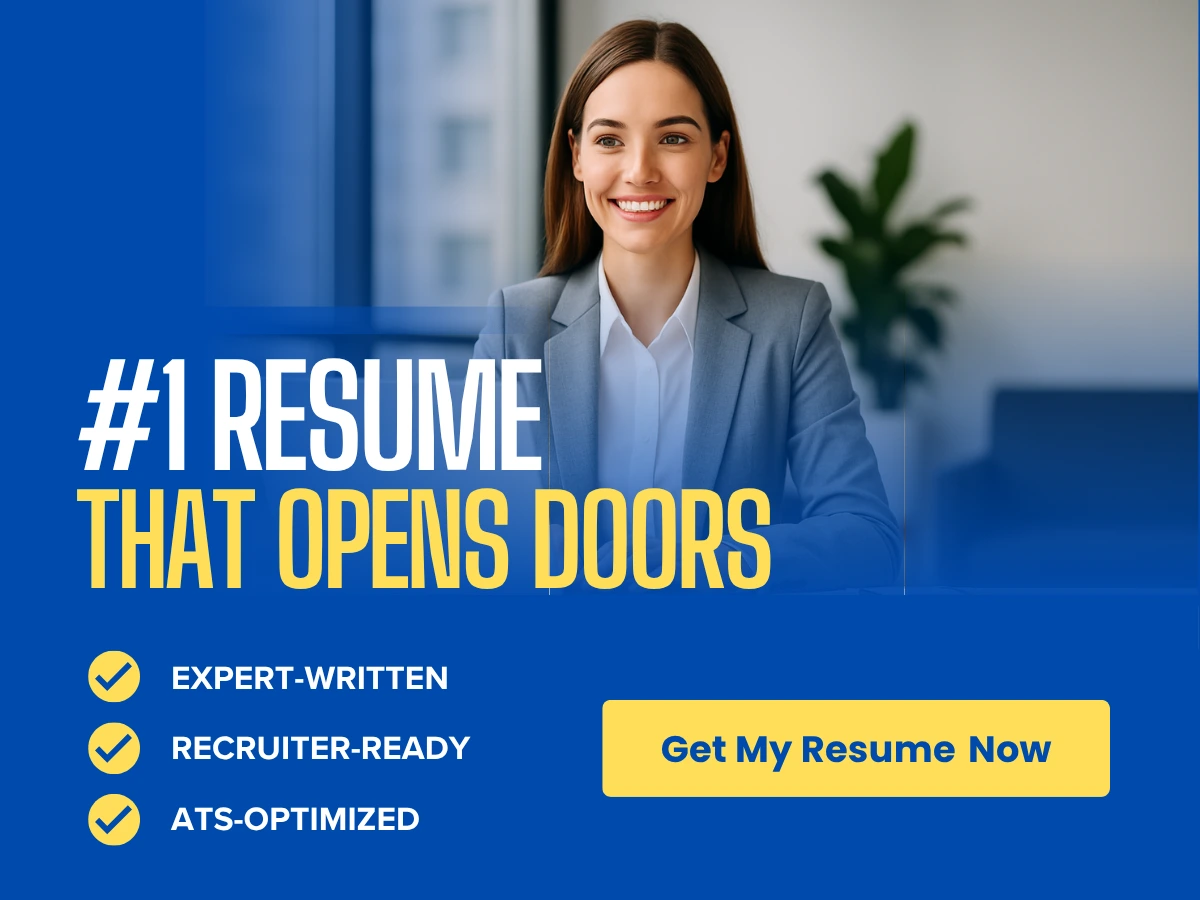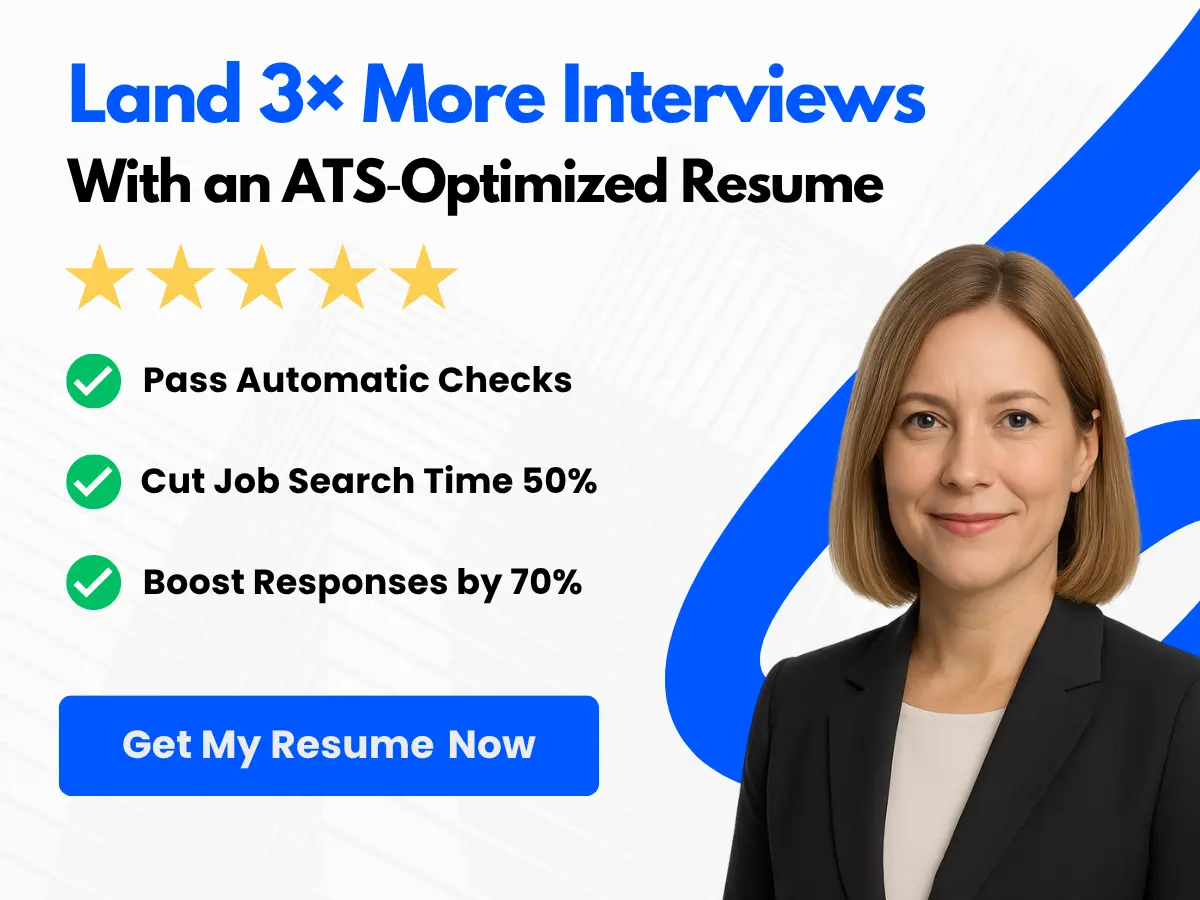In today’s professional world, email has become the primary mode of communication. It has changed the way people interact, especially in the business world. Resumes and cover letters, once mailed through physical mail, are now sent through email. One of the essential parts of an email application is the email cover letter message. It’s the first communication that a potential employer will receive from a job applicant, and it is critical to make a good first impression.
Importance of an Email Cover Letter Message
Today, email messages are easily overlooked or deleted when they lack appropriate substance or do not capture the reader’s attention. A well-written email cover letter message can make a difference in the job application process. The message needs to be clear, concise, and memorable. It would help if you made sure it summarizes all the critical content you want the reader to know to make them decide to continue reading your application.
Research
When it comes to writing an email cover letter message, conducting thorough research is essential. This section will cover the three key areas of research: Company Information, Job Description Analysis, and Contact Person Research.
A. Company Information
Before you begin writing your email cover letter, it’s important to gather as much information as possible about the company you’re applying to. This not only shows your interest in the company, but also helps you tailor your cover letter to their specific needs and values.
Start by visiting the company’s website and reading through their About Us and News sections. Take note of the company’s mission, values, and recent accomplishments. You can also research the company on third-party websites and social media platforms to see what others are saying about them.

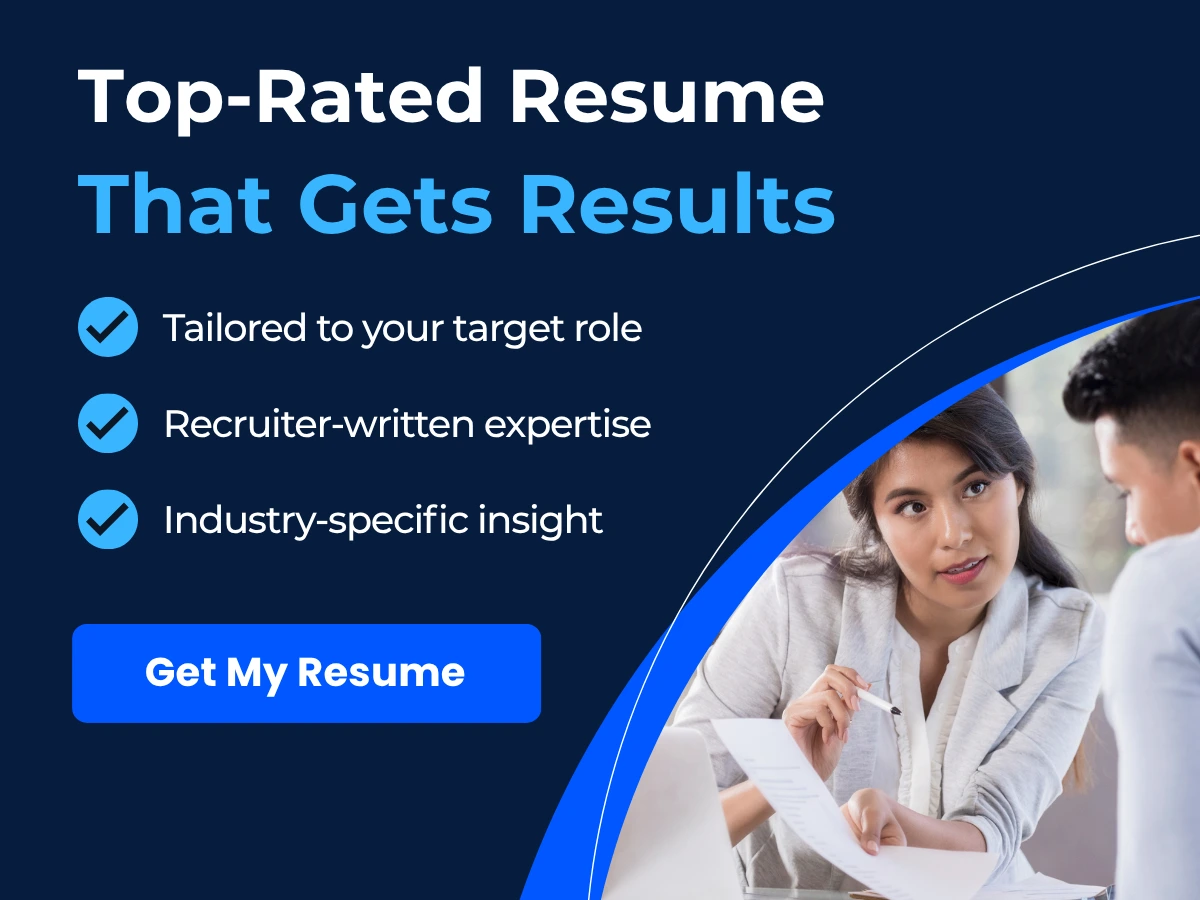
Be sure to also research the company’s industry and competitors to gain a better understanding of their position in the market. This knowledge can help you highlight your relevant skills and experience in your cover letter.
B. Job Description Analysis
The job description is your roadmap for writing a targeted and effective email cover letter. Carefully read through the job posting and take note of the specific qualifications, responsibilities, and skills required for the position.
Use this information to identify your own experiences and skills that align with the job requirements. Then, make sure to highlight these key points in your cover letter to show the employer that you’re the right person for the job.
It’s also important to pay attention to any keywords or phrases used in the job description. Many employers use applicant tracking systems (ATS) to filter applications based on certain keywords, so incorporating them into your cover letter can increase your chances of getting noticed.
C. Contact Person Research
Addressing your email cover letter to the right person can make a big difference in your job search. It shows that you’ve put in the effort to do your research and that you’re serious about the position.
Start by looking for the name and email address of the hiring manager or recruiter. This information is often included in the job description or on the company’s website. If you can’t find a name, address your cover letter to the department or team responsible for the position.

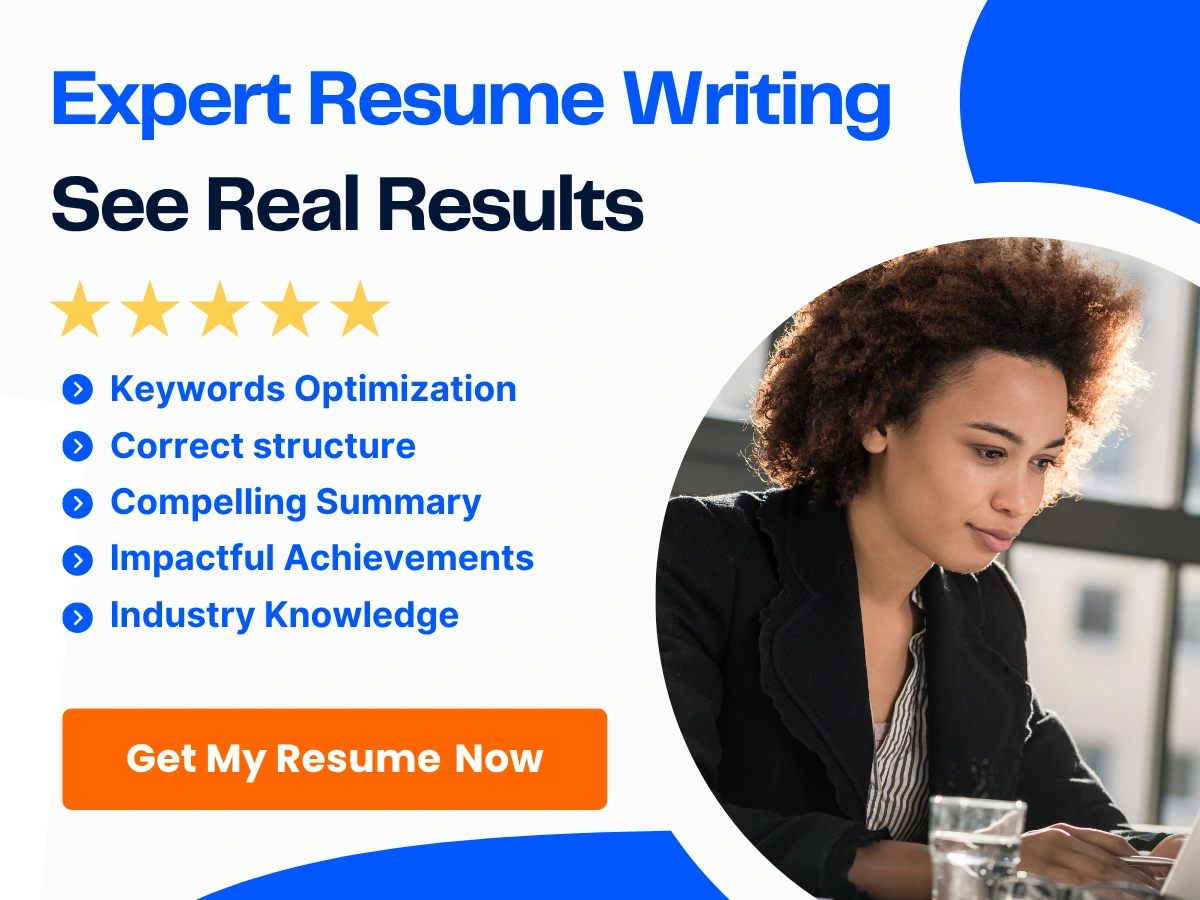
If all else fails, you can try reaching out to the company’s customer service department for assistance. Just remember to be polite and professional when asking for help.
Conducting thorough research is a crucial step in writing an email cover letter message. By gathering information about the company, analyzing the job description, and researching the contact person, you’ll be able to tailor your cover letter and increase your chances of landing the job.
Formatting
When it comes to writing an email cover letter message, formatting plays a crucial role in getting your message across effectively. Here are some tips and examples to help you format your email cover letter message properly:
A. Subject Line
-
Tips for an Effective Subject Line: Keep your subject line short and to the point. Use action words to grab the reader’s attention, and make sure it’s relevant to the job you’re applying for. Avoid using all caps or overusing exclamation marks.
-
Examples of Attention-Grabbing Subject Lines: “Experienced Sales Manager Seeking New Opportunities”, “Award-winning Designer Available for Freelance Work”, “Recent Graduate with Strong Writing Skills Interested in Editorial Position”.


B. Greeting
Always start your email cover letter message with a professional greeting. Use the recipient’s name if possible, and avoid using informal salutations like “Hey” or “Hiya”. Here are some examples of professional greetings:
- Dear [Name]
- Hello [Name]
- Good morning/afternoon [Name]
C. Body of Email
-
Tips for Composing an Effective Email Message: Keep your message concise and focused on the job you’re applying for. Use bullet points to highlight your skills and accomplishments, and personalize your message to show why you’re a good fit for the company.
-
Using Proper Grammar and Punctuation: Always proofread your message for spelling and grammar errors, and use proper punctuation. Avoid using slang or text-message abbreviations.
-
Length and Structure Guidelines: Keep your email cover letter message to one page if possible. Use short paragraphs and bullet points to break up text and make it easier to read.
D. Closing
End your email cover letter message with a professional closing phrase. Here are some examples of best closing phrases:
- Sincerely
- Best regards
- Thank you for your time and consideration
E. Sign-off and Signature
Finally, make sure to sign off your email cover letter message with an appropriate signature. This should include your full name, contact information, and any relevant links to your professional online presence (such as a LinkedIn profile or personal website).
By following these formatting tips and examples, you can craft an email cover letter message that is professional, effective, and tailored to the job you’re applying for. Good luck!


Tailoring Your Email Cover Letter Message
When it comes to writing email cover letters, one of the most important things you can do is customize your content. This means tailoring your message to the job position you are applying for, aligning with the company’s culture and values, and addressing your skills and qualifications with specific examples.
A. Customizing Content to the Job Position
Before you start writing your email cover letter, it’s essential to research the job position you are applying for thoroughly. By doing this, you will gain a better understanding of the organization’s needs and how you can meet them. Once you have a clear understanding of the job description, you can start customizing your message accordingly.
Use specific keywords and phrases from the job posting, and highlight your accomplishments and experiences that directly relate to the position. Your goal is to demonstrate to the hiring manager that you have an excellent understanding of the role and that you are the perfect fit for the job.
B. Aligning Content with the Company’s Culture and Values
Along with customizing your message to the job position, it’s also essential to align your content with the company’s culture and values. By doing this, you can demonstrate that you’re not just a good candidate on paper, but you also understand what the company is about and that you can contribute to its overall mission.
Some things you can do to align your content with the company’s culture and values include researching the organization’s mission statement and values, using language that reflects the company’s culture, and highlighting experiences that demonstrate your alignment with the company’s mission.
C. Addressing Skills and Qualifications with Specific Examples
Finally, when writing your email cover letter, it’s essential to address your skills and qualifications with specific examples. This means going beyond a simple list of your qualifications and instead providing examples of how you have used your skills to achieve specific goals or solve problems in previous roles.

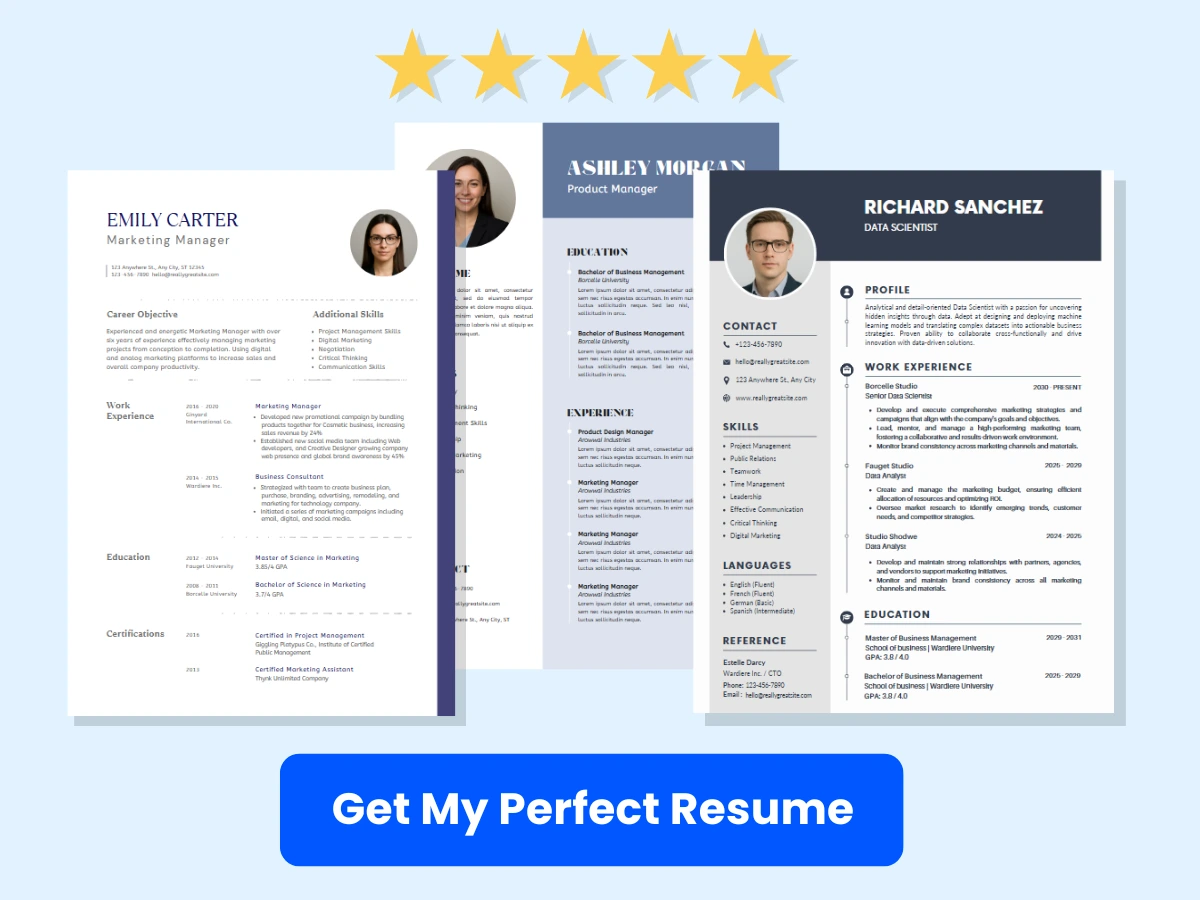
Use specific examples that demonstrate your ability to work independently, work well in a team, and communicate effectively with others. Keep in mind that the goal is not just to list your skills and qualifications but to demonstrate how you have used them in practical situations.
By customizing your email cover letter to the job position, aligning with the company’s culture and values, and addressing skills and qualifications with specific examples, you can create a strong and effective message that demonstrates your fit for the role and your value as a candidate.
Including Attachments and Links
A. Why Attachments and Links are Important
Including attachments and links in your email cover letter message can make a major difference in the eyes of the hiring manager. By providing additional materials, you give the hiring manager a better understanding of your qualifications, experience, and skills.
Attachments, such as your resume or portfolio, allow the hiring manager to see samples of your work and gain a deeper understanding of your background. Similarly, links to your personal website, LinkedIn page, or online portfolio can showcase your work and provide additional information on your career journey.
Not only do attachments and links provide valuable information, but they also demonstrate your attention to detail and ability to use technology effectively. This can set you apart from other applicants and make a positive impression on the hiring manager.
B. How to Include Attachments and Links
When including attachments, make sure they are in a format that is easily accessible and compatible with the employer’s software. Common formats include PDFs or Word documents. It is also important to label your attachments with descriptive names, such as “Jane_Doe_Resume.pdf” or “John_Smith_Portfolio.docx”.

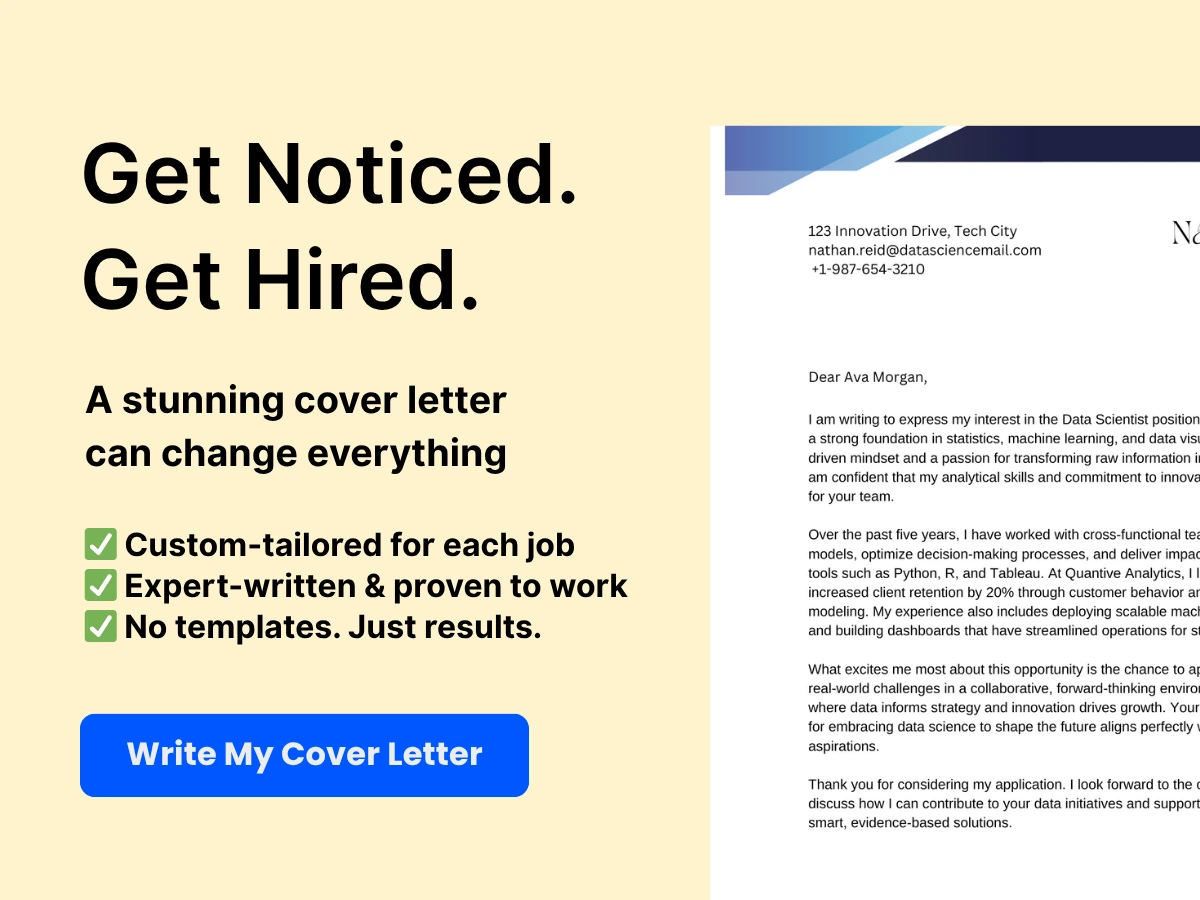
When including links, make sure they are functional and lead directly to the intended content. It may also be helpful to include a brief description of the linked content to give the hiring manager context.
In order to avoid overwhelming the hiring manager with too many attachments or links, only include those that are relevant to the position or industry you are applying to. Prioritize materials that highlight your most relevant qualifications and experience.
Additionally, make sure to reference your attachments and links within the body of your email cover letter message. This provides context and encourages the hiring manager to review the provided materials.
The inclusion of attachments and links can greatly enhance your email cover letter message and make a positive impression on the hiring manager. Make sure to use them strategically and with purpose.
Follow-up Email
After sending your email cover letter, it’s important to follow up with a subsequent email to show interest and ensure that your application was received by the hiring manager. The following sections will discuss the importance of a follow-up email, the timing and frequency of sending these messages, and tips for composing a compelling follow-up email.


A. Importance of a Follow-up Email
A follow-up email is essential because it shows the hiring manager that you’re genuinely interested in the position and willing to go the extra mile to secure it. By sending a follow-up email, you demonstrate your enthusiasm and conscientiousness towards the job, which can increase your chances of being selected for an interview. Additionally, it’s crucial to follow up because sometimes, hiring managers receive hundreds of applications, and it’s possible that your email may get lost in the shuffle. A follow-up email makes sure that your application gets noticed.
B. Timing and Frequency
The timing of a follow-up email is critical. You don’t want to be too aggressive and send it right away, but you also don’t want to wait too long where the position may have been filled. A good rule of thumb is to send a follow-up email a week after your first email. After your initial follow-up, wait another week and send another email. If you still haven’t heard anything, then send one more follow-up email a week later. Generally, three emails are the maximum you should send unless the hiring manager has responded and requested additional information or further communication.
C. Tips for Composing an Effective Follow-up Email
-
Be concise and straightforward. Keep your email short and sweet, and get straight to the point. Hiring managers have busy schedules and may not have time to read lengthy emails.
-
Acknowledge the previous email you sent. Mention that you’re sending a follow-up email to check if there are any updates regarding your application.
-
Reiterate your interest in the position. Explain why you’re interested in the job and why you think you’re a good fit for the position.
-
Highlight any relevant experience or skills. Remind the hiring manager of your qualifications and how they align with the job requirements.
-
End with a call-to-action. Politely ask if the position has been filled and if there’s any further information they may need from you.
Remember that the goal of the follow-up email is to stay top of mind for the hiring manager and demonstrate your dedication to the job. By sending a well-crafted follow-up email, you increase your chances of being selected for an interview and ultimately securing the job.
Common Email Cover Letter Mistakes
When writing an email cover letter, there are several common mistakes to avoid. These include:
A. Overcomplicating the Message
It’s important to keep your email cover letter concise and to the point. Don’t try to impress the reader with overly complex language or convoluted statements. Instead, focus on communicating your relevant skills and experience in a clear and straightforward manner.
B. Including Irrelevant Information
Don’t include information in your email cover letter that isn’t relevant to the job you’re applying for. Stick to discussing your skills and experience that align with the job requirements.
C. Disregarding Proper Grammar and Spelling
Always proofread your email cover letter before sending it. Typos and grammatical errors can make a bad first impression on the hiring manager.
D. Not Customizing to the Job Position
Each email cover letter you send should be tailored to the specific job position you’re applying for. Avoid using a one-size-fits-all template and instead, highlight the skills and experience that make you a good fit for that particular job.
E. Using a Generic Template
Email cover letters should be personalized and unique to you. Using a generic template can make your application seem impersonal and unprofessional.
F. Improper Formatting
Make sure your email cover letter is easy to read and properly formatted. Use bullet points and short paragraphs to break up the text and make it more visually appealing. Avoid using different fonts or colors that could be distracting to the reader.
Tips for Submitting Your Email Cover Letter
When submitting your email cover letter, it’s important to take extra care to ensure that everything is correct. Here are some tips to help you out:
A. Double-checking the Email Address
Before hitting “send”, double-check that you’ve entered the correct email address for the recipient. It’s easy to accidentally type in the wrong email address when you’re in a rush or not paying attention. Make sure you’re sending your email cover letter to the right person by reviewing the recipient’s email address carefully.
B. Sending a Test Email to Yourself or a Friend
To make sure your email cover letter looks and sounds good, send a test email to yourself or a friend before sending it to the intended recipient. By doing so, you can see what the email looks like from the recipient’s perspective and make any necessary changes or edits before finalizing the email.
C. Timing the Email Submission
Timing is everything when it comes to submitting your email cover letter. Sending it too early or too late could mean that it gets lost in the recipient’s inbox or overlooked entirely. The best time to send your email cover letter is on a weekday, during regular business hours. This way, your email has a better chance of getting seen and read in a timely manner.
By following these tips, you can ensure that your email cover letter is error-free, well-received, and ultimately helps you land the job you want.
Example Email Cover Letter Message
As a job seeker, it’s essential to make sure that every aspect of your application stands out, including your cover letter message. The following step-by-step guide will help you develop an email cover letter message that will capture the hiring manager’s attention:
A. Step-by-Step Guide to Developing an Email Cover Letter Message
- Start with a clear subject line that indicates the position you’re applying for.
- Address the email to the hiring manager or recruiter by name.
- Begin your email cover letter with a professional and courteous greeting, even if you have spoken to the person before.
- Introduce yourself briefly and mention the job you’re applying for.
- Give a brief overview of your work experience and highlight the skills and qualifications that make you the best candidate for the job.
- Explain why you’re interested in the position and the company, and how you can contribute to their success.
- Close the email by thanking the hiring manager or recruiter for considering your application, and express enthusiasm for the opportunity to interview in person.
B. Sample Email Cover Letter for Job Application
Dear [Hiring Manager’s Name],
I am writing to express my interest in the [Position] at [Company]. I am a highly motivated and dedicated professional with [Number] years of experience in [Industry/Field], and I believe that my skills and qualifications make me the ideal candidate for the job.
In my current role at [Current Company], I have gained extensive experience in [Skills/Qualifications Required for the Position], and I have a track record of delivering [Results/Accomplishments Relevant to the Position]. I am confident that I can bring these skills and experience to [Company] and contribute to its continued success.
I am particularly impressed by [Company’s Achievements/Recent News/Industry Impact] and am excited by the opportunity to be part of such a dynamic and forward-thinking organization. I am eager to contribute my expertise, work ethic, and enthusiasm to help the company achieve its goals.
Thank you for considering my application. I would welcome the opportunity to discuss my qualifications further and how they align with your needs. I look forward to hearing from you.
Related Articles
- Trouble Finding a Job? Here are 16 Common Reasons Why
- Theatre Technician Resume Examples: How to Stand Out
- 20 Associate Attorney Job Description & Duties for 2023
- Agile Business Analyst Resume: Stand Out With These Examples
- Financial Analyst Resume: The Ultimate 2023 Guide

